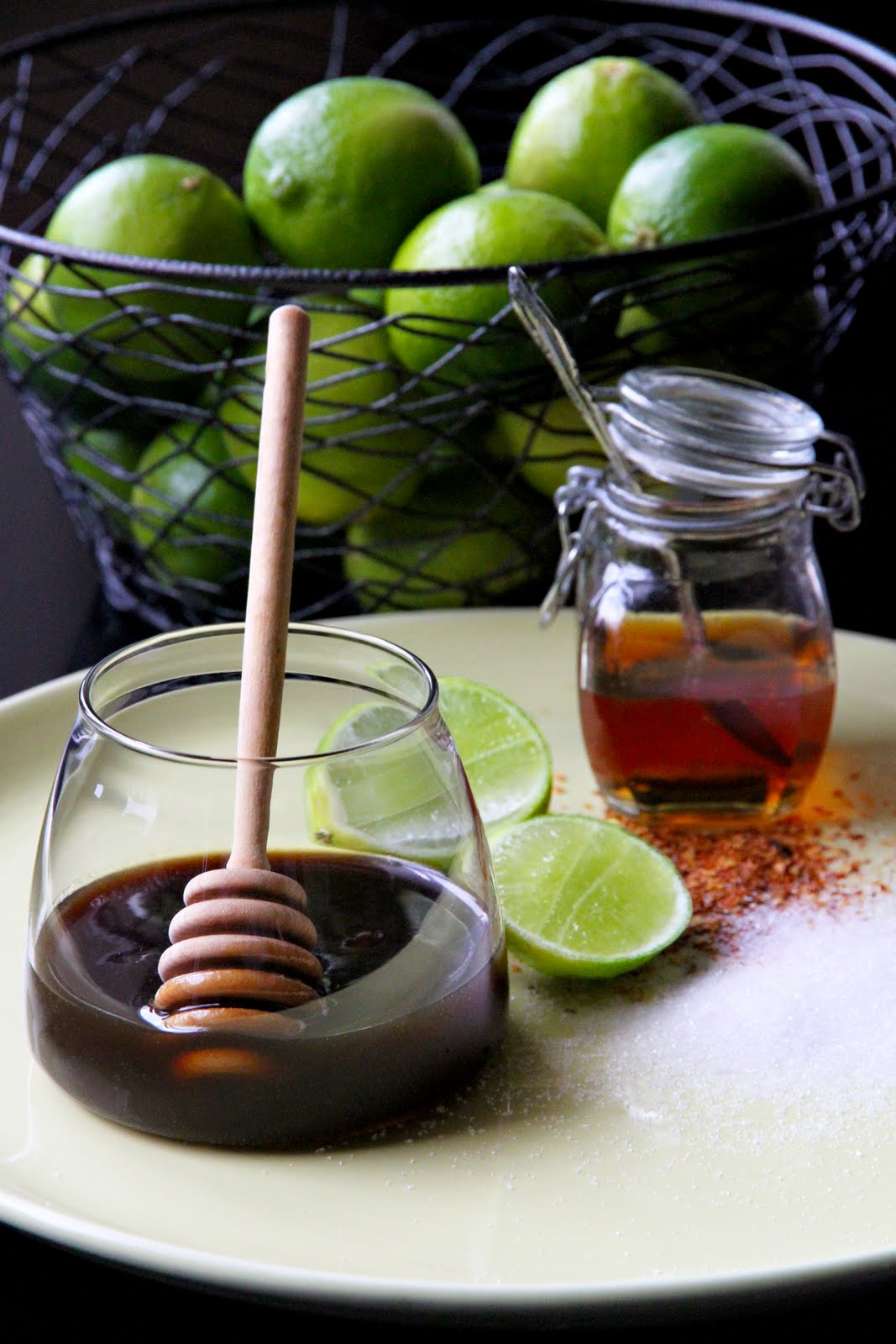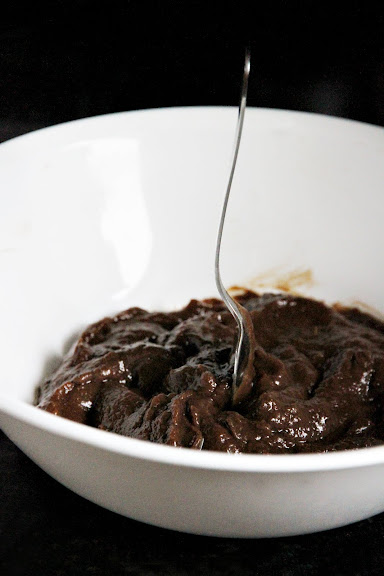
In this good news-bad news scenario, I’ve already given you the bad news in Pad Thai Recipe – Part Two in which I opine that it’s not the way Pad Thai is seasoned that makes or breaks it; it is how well or how badly the noodles are cooked. And what makes this bad news is that getting the noodles right happens to be the hardest part about Pad Thai. There are too many variables and too many scenarios generated by the combinations of these variables.
The key – and this will be addressed more fully in the final post in the series – is to use heat and moisture in such a way that you end up with well-seasoned noodles that are soft yet chewy and not clumpy, soggy, or tough. This sounds simple, but is not easy. But we’ll leave that for later.
Now the good news.
The level of difficulty in seasoning your Pad Thai well, in my opinion, is in reverse proportion to the level of difficulty in getting the noodles right. Any imperfections can even be fixed – to the extent where something unpleasant can be made acceptable – after the fact.
If you’re going to worry a lot about something when it comes to Pad Thai, I hope it’s the noodles. The sauce is easy.
But isn’t it hard to achieve the well-balanced flavor? After all, one of the comments I’ve heard all the time is, “I can’t seem to get the flavor of my Pad Thai sauce balanced.”
“Balanced,” in my opinion, is not a prescriptive attribute. How can it be?
I think – and I could be wrong – the translation of that is, “I still remember the best Pad Thai I’ve ever had and I can’t seem to replicate that exact flavor.”
For this Pad Thai sauce, I wouldn’t worry too much about getting the “balance” of flavors right in your sauce. Think of the flavor traditionally associated with Pad Thai; that’s your guideline. As long as you adhere somewhat closely to that, you will be okay.
Besides, I have so much problem with the word “balance” that gets thrown around seemingly carelessly whenever the topic of Thai cuisine and what defines it is discussed. I find it to be meaningless. But I’ll save my rant for later.
With this recipe, I’ve given you what I like – my personal interpretation of “balance” which, to me, simply means, “what tastes good to me.” And I wouldn’t want you to take it as anything but a starting point.
If you don’t like the flavor this sauce gives, adjust it next time. Add more tamarind if you like it more sour; add more fish sauce if you like it saltier; add more palm sugar if you like it sweeter. And if you still don’t get the flavor exactly as you like it (your “balance”), pretend you’re in Thailand and allow yourself some extra sugar, fresh lime, and fish sauce on the table with which to adjust the flavor of the finished dish to taste. Like it spicy? Add some dried chili flakes. (That’s what they do in Thailand which does not always cross over to Thai restaurants overseas.)
Eventually, you will find your own “balance.”
There are a few remarks I’d like to make about the sauce:
- You can do what some ultra-traditional Pad Thai vendors do, i.e. season the noodles as they fry them with the individual seasonings: palm sugar, fish sauce, and tamarind pulp. The advantage is that it’s easier to customize the flavor. The disadvantage is that it’s hard to do well. I recommend that you do what most vendors do nowadays which is to have the sauce mixed in advance.
- I measure the liquid ingredients by weight instead of volume, because I can’t think of a way to measure palm sugar accurately and consistently without a scale. And I figured since I’d already be weighing the palm sugar, I might as well weigh everything else too.
- The tamarind pulp I use is prepared exactly as I’ve described in the post on how to prepare tamarind pulp. You may have your own way of preparing tamarind pulp, and that is fine, but the flavor of the sauce will be different from what I intend. The idea is to use the least amount of water possible to get the tamarinds to soften up. My prepared tamarind pulp is, therefore, so thick that you can stand a teaspoon in it. After all, it’s the tamarind you need, not the water.
- This recipe gives you a very thick, concentrated sauce. I don’t see the point of making your Pad Thai sauce thin and watery then reducing it down to a thicker consistency, especially in light of the fact that it doesn’t take more effort to make a concentrated sauce right off the bat. If moisture is needed during the frying stage, I’d like to add it in the form of plain water instead of more sauce. This is because every time you add the sauce to the noodles, not only do you add moisture, but you also add more seasoning. In an attempt to adequately hydrate the noodles, you risk over-seasoning the dish which is harder to fix than if you under-season it.
- The sauce can (and should) be made in advance. It freezes well. You can also freeze the sauce in an ice cube tray, then pop out the frozen cubes and keep them in a freezer bag. Thaw out only what you need at a time.
- 180g fish sauce
- 226g palm sugar, finely chopped
- 60g brown sugar
- 150g tamarind pulp, prepared exactly as explained in how to prepare tamarind pulp
- Put everything in a medium pot placed over medium heat. Stir constantly until the sugars have dissolved. This should take less than a minute. You don’t want to reduce or thicken the sauce; it’s already very concentrated and further reduction will result in a much lower yield than intended which leads to over-seasoned Pad Thai.
- To keep the sauce from being overly reduced, chop your palm sugar very finely and do not use high heat.
- Once the sugar is dissolved, remove the sauce from heat; allow to cool. Store in a glass jar and refrigerate or freeze.








45 Responses to Pad Thai Recipe (ผัดไทย) – Part Four: Pad Thai Sauce